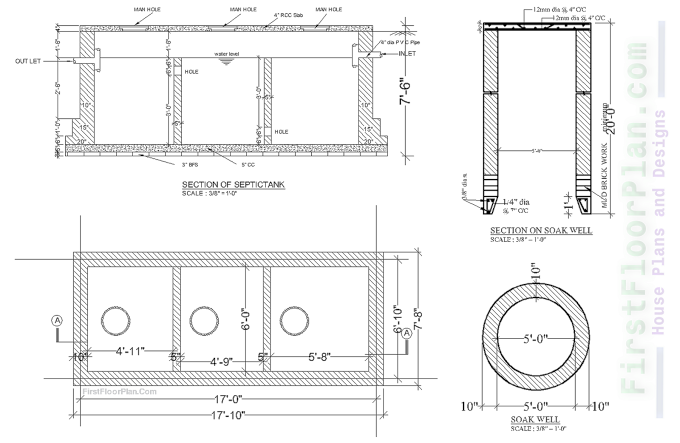Measurement of different types of Steel Structural Connections
Steel
structural connections play a vital role in constructing strong and durable
buildings and structures. These connections join various steel components like
beams, columns, and trusses together to form a stable framework. Understanding
the dimensions of different types of steel structural connections is crucial
for engineers and construction workers to ensure the safety and stability of
the structure. Let's delve into the dimensions of some common types of steel
structural connections:
Bolted Connections: Bolted connections are widely used in steel structures due
to their ease of installation and reliability. The dimensions of bolted
connections include the diameter and length of bolts, the thickness of
connected plates, and the spacing between bolts. In Indian standards, the
dimensions are typically specified in millimeters (mm), such as bolt diameter
(e.g., 12 mm, 16 mm) and plate thickness (e.g., 10 mm, 12 mm).
Welded Connections: Welded connections involve fusing steel components together
using heat and sometimes additional filler material. The dimensions of welded
connections include the length and depth of welds, as well as the thickness of
connected steel members. In Indian practice, weld dimensions are specified in
terms of leg length and throat thickness, often measured in millimeters.
Riveted Connections: While less common nowadays, riveted connections were
extensively used in the past. The dimensions of riveted connections include the
diameter and pitch of rivets, as well as the thickness of connected plates. In
India, rivet dimensions are specified similarly to bolt dimensions, with
diameters typically ranging from a few millimeters to over a centimeter.
Gusset Plate Connections: Gusset plates are used to connect beams and columns
at their intersections. The dimensions of gusset plate connections include the
plate thickness, width, and length. These dimensions are usually specified in
millimeters according to Indian standards, ensuring proper load transfer and
structural stability.
End Plate Connections: End plate connections are commonly used to connect beams to
columns. The dimensions of end plate connections include the thickness and
width of the end plate, as well as the size and number of bolts used for
connection. Indian standards provide guidelines for determining these
dimensions based on the load requirements and structural design.
Base Plate Connections: Base plate connections are used to anchor steel columns to
concrete foundations. The dimensions of base plate connections include the
thickness, width, and length of the base plate, as well as the size and
arrangement of anchor bolts. Indian standards specify these dimensions to
ensure proper distribution of loads and stability of the structure.
In addition
to these common types of connections, there are various specialized connections
designed for specific structural requirements, such as moment connections,
shear connections, and truss connections. The dimensions of these connections
are determined based on factors such as the magnitude of loads, structural
configurations, and material properties.
Download
AutoCAD File: Steel
Structural Connections Blocks
More AutoCAD
files: Restaurant
HVAC Fire Protection project
In
conclusion, understanding the dimensions of different types of steel structural
connections is essential for ensuring the safety, stability, and durability of
steel structures. Engineers and construction professionals adhere to Indian
standards and guidelines to determine appropriate dimensions for various
connection types, thereby ensuring the integrity of the overall structure.














2 Comments
Great points on improving project management in construction. We've found that implementing
ReplyDeleteBIM services
cad services
Drafting services
BIM solution
Scan to BIM has significantly improved our project workflows.
This article provides valuable insights for engineers and construction professionals, reinforcing the need for meticulous attention to detail in the measurement and specification of steel structural connections.
ReplyDeletePinnacle Infotech
Write Your Comment Here..